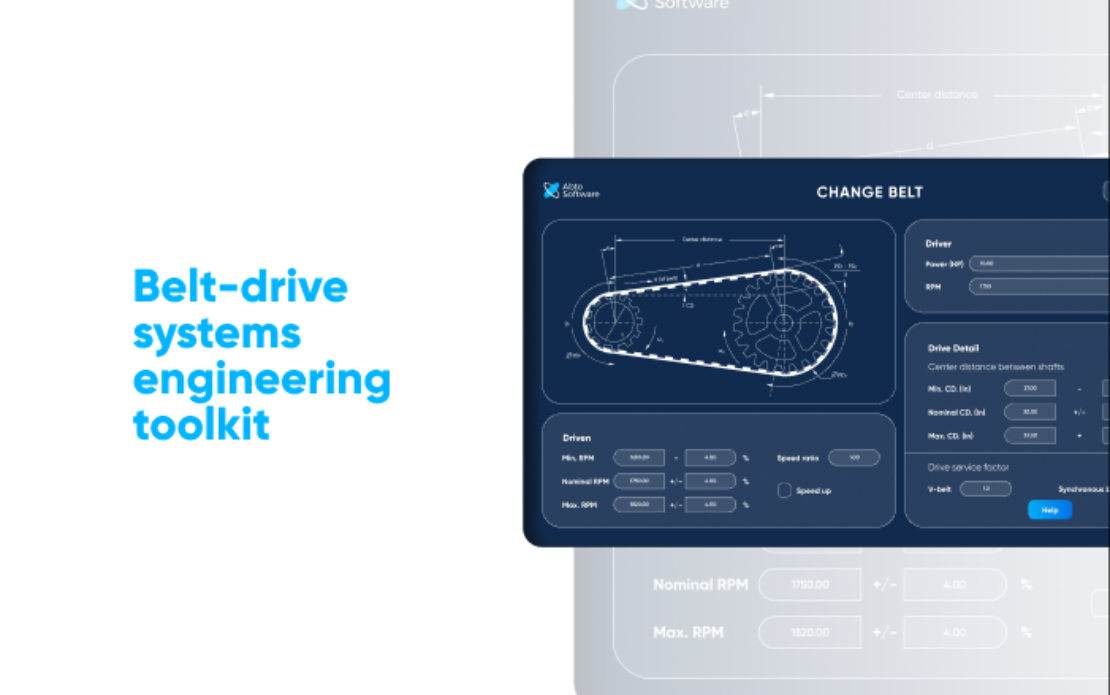Sep 12, 2023
No image

Service categories
Service Lines
Software Development
Design
Mobile Development
Web Development
Domain focus
Other
Technology
Programming language
C#
Frameworks
.NET
Xamarin
Subcategories
Software Development
Desktop Development
Challenge
Abto Software was involved in migrating outdated technologies (VBA, VB6, and LISP) to the .NET framework. After the legacy products were converted, we helped the client go cross-platform and added new functionality to boost overall productivity.
At the first stage of our long-term cooperation, we focused on the following issues:
1. The aging of the legacy software
2. The utilization of Visual Basic 6, which is no longer being supported, lead to:
– Operational risks
– Intermittent crashes, which caused work loss
– System vulnerabilities, which caused security threats
3. Additional code was executed in VBA, which complicated troubleshooting and maintenance
4. Matlab and AutoCAD routines required costly software licenses
Abto Software was involved in migrating outdated technologies (VBA, VB6, and LISP) to the .NET framework. After the legacy products were converted, we helped the client go cross-platform and added new functionality to boost overall productivity.
At the first stage of our long-term cooperation, we focused on the following issues:
1. The aging of the legacy software
2. The utilization of Visual Basic 6, which is no longer being supported, lead to:
– Operational risks
– Intermittent crashes, which caused work loss
– System vulnerabilities, which caused security threats
3. Additional code was executed in VBA, which complicated troubleshooting and maintenance
4. Matlab and AutoCAD routines required costly software licenses
Solution
At the next stages, as the outdated tools were migrated to modern .NET 6 (LTS version), we moved on to:
1. Cross-platform development
2. Implementing on-demand, additional functionality
The developed solution is a desktop application providing multiple specialized modules for streamlined belt-drive design. The product is built based on C# .NET 6 WPF along with MVVM architecture.
At the next stages, as the outdated tools were migrated to modern .NET 6 (LTS version), we moved on to:
1. Cross-platform development
2. Implementing on-demand, additional functionality
The developed solution is a desktop application providing multiple specialized modules for streamlined belt-drive design. The product is built based on C# .NET 6 WPF along with MVVM architecture.
Results
Abto worked towards converting slow functions, all written in different programming languages. This allowed the business to stay highly adaptable to the fast-changing market.
Our team successfully designed and implemented additional functionality and provided website and mobile development to expand the capabilities of the in-house staff and increase overall competitiveness through a cross-platform approach.
We modernized outdated tools and consolidated them within one solution, which allowed clients to:
1. Save considerable license costs for 75% of users
2. Resolve major runtime issues
3. Optimize new employee training by standardizing the workflow and providing comprehensive manuals
4. Minimize prospective maintenance and development costs
Abto worked towards converting slow functions, all written in different programming languages. This allowed the business to stay highly adaptable to the fast-changing market.
Our team successfully designed and implemented additional functionality and provided website and mobile development to expand the capabilities of the in-house staff and increase overall competitiveness through a cross-platform approach.
We modernized outdated tools and consolidated them within one solution, which allowed clients to:
1. Save considerable license costs for 75% of users
2. Resolve major runtime issues
3. Optimize new employee training by standardizing the workflow and providing comprehensive manuals
4. Minimize prospective maintenance and development costs
